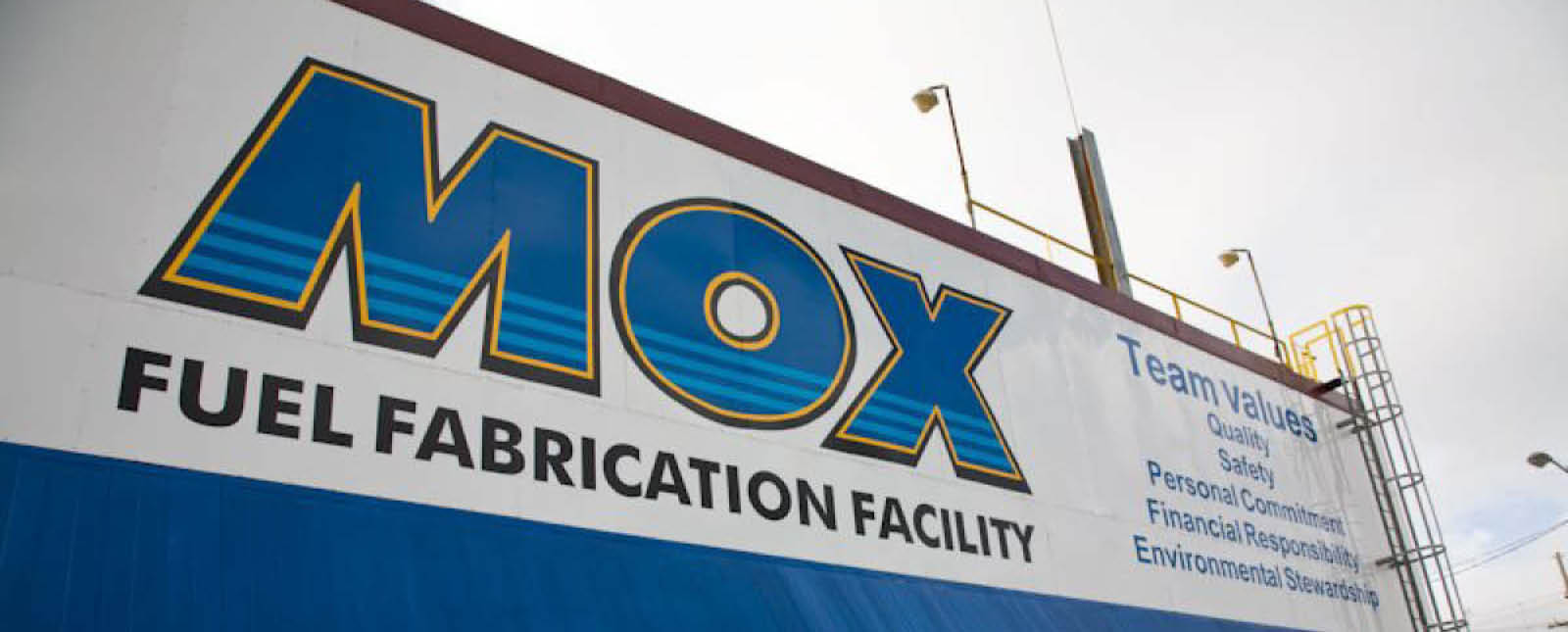This week, the House passed four of the 12 annual spending bills needed to fund the government in fiscal year 2018 (FY18) in one package, dubbed the “minibus.”
One of the four, the Energy and Water Development appropriations bill, allocates $37.6 billion to the Department of Energy (DOE), the Bureau of Reclamation (a sub-agency of the Department of the Interior), the Army Corps of Engineers, and other independent agencies. Of that total, $9.6 billion is directed toward the “Energy Programs” at DOE.
In doing so, the bill is cutting funding for energy programs by roughly $1.7 billion, or 18.4 percent, compared to the current fiscal year – FY17. While large, that’s less than the 33.4 percent cut requested in the president’s budget. Not surprisingly, the two spending plans agree in some areas – ending the DOE’s Title XVII Loan Guarantee Program and de-funding the Advanced Research Projects Agency – Energy (ARPA-E); and disagree in others – the House spares the allocations for Carbon Capture and Sequestration (CCS) R&D and regional development agencies, which the president’s budget cut.
The House also refused to go along with the requested reduction in spending for the Mixed-Oxide (MOX) Fuel Fabrication Facility.
You can find details on some of these items and other highlights below:
• DOE Research and Development (R&D)
• Small Modular Reactors (SMRs)
• Carbon Capture and Storage (CCS) R&D
• Mixed-Oxide (MOX) Fuel Fabrication Facility Construction
DOE Research and Development (R&D)
The DOE’s research and development (R&D) programs are seeing reduced funding in the House FY18 spending bill. In total, the four major R&D buckets and the Office of Science are cut by $1.1 billion compared to FY17 funding levels (see chart below). That’s almost exactly $2 billion less, however, than the cut made to the same programs in the president’s FY18 budget request.
The Advanced Research Projects Agency – Energy (ARPA-E), a program defunded in the president’s budget, is zeroed out in the House budget as well. The cut is likely to be a point of contention in appropriations negotiations, given the agency’s support from various members of congress in budget hearings over the past few months.
| DOE R&D Accounts ($, millions) | FY17 Omnibus | FY18 Request | Compared to FY17 | House Bill | Compared to FY17 |
|---|---|---|---|---|---|
| Energy Efficiency and Renewable Energy RD&D | 2,090 | 695 | – 1,395 | 1,104 | – 986 |
| Electricity Delivery and Energy Reliability R&D | 185 | 78 | – 107 | 175 | – 10 |
| Nuclear Energy R&D | 563 | 290 | – 272 | 513 | – 50 |
| Fossil Energy R&D | 668 | 280 | – 388 | 635 | – 33 |
| Office of Science | 5,392 | 4,473 | – 919 | 5,392 | + 0 |
| TOTAL | 8,898 | 5,816 | – 3,082 | 7,819 | – 1,079 |

Small Modular Reactors (SMRs)
The bill also zeroes out funding for the DOE’s Small Modular Reactor (SMR) Licensing Technical Support program. As we noted when we applauded the same move in the president’s budget, the program has been slated to end after FY17 ever since it was first funded in FY12. Congress has been known to keep bad ideas alive longer than intended, however, so the program’s actual demise would be welcome news.
Once the Senate agrees (as the current version of its Energy and Water Appropriations bill indicates) and the funding cut becomes official, it should be clear how Congress can learn from the program’s mistakes: stop funding SMR development.
Of the $452 million that was spent from FY12 to FY17, more than $100 million was wasted on one of the two designs for the mini-nuclear reactors supported by the program. The design’s backer, Babcock & Wilcox, decided to divest after failing to find anyone else willing to bet on the SMR venture. The DOE was unable to recoup its investment in the project.
For that and many other reasons – including the poor economics of SMRs and their uncertain licensing pathway – Congress should refuse to fund any similar program in the future, and cut any remaining funding for SMRs in the DOE’s Nuclear Energy R&D budget.
.jpg)
Carbon Capture and Storage (CCS) R&D
The House FY18 Energy and Water appropriations bill has once again increased funding for the DOE’s Carbon Capture and Storage (CCS) research, perpetuating wasteful spending on the technology. With funding set at $440.6 million, the House has given CCS research a nearly $17 million increase over the FY17 funding level and $144.8 million more than the president’s budget request.
Of note, $25 million of the CCS total is devoted to transformational coal technology pilot projects, adding to the $50 million that was allocated to the new line item in the FY17 Omnibus. As we explained then, funding more pilot or demonstration projects confounds reason given the well-documented failures of previous efforts, like the Clean Coal Power Initiative. On that program, taxpayers lost more than $650 million, including $382 million awarded to the installation of CCS equipment at the Kemper plant in Mississippi, which was recently abandoned.
Taxpayers has been and continues to oppose government spending on CCS, a project that Congress has stubbornly funded, despite its excessive expense and failures.

Mixed-Oxide (MOX) Fuel Fabrication Facility Construction
In its version of the Energy and Water appropriations bill, the House funds the construction of the Mixed-Oxide (MOX) Fuel Fabrication Facility at $340 million for FY18. That’s roughly equivalent to the project’s funding level since FY14, but $70 million more than the DOE’s request in both President Trump’s FY18 budget and President Obama’s FY17 budget.
In recent years, the MOX project’s skyrocketing costs, schedule delays, and many other problems have finally convinced some policymakers to look at alternatives to accomplish MOX’s mission: to dispose of 34 tons of weapons-grade plutonium. In fact, close to $20 million has been appropriated in the last two years to study implementing those alternatives. Meanwhile, the DOE has rightly proposed cutting funding for MOX and beginning the shutdown process for the project. Doing so would save taxpayers from shelling out billions of dollars more to complete the facility.
The House bill, however, willfully ignores this reality and specifies that all of the $340 million must be used to continue construction of the MOX facility. Such a move elicited a strong response from the White House in its Statement of Administration Policy on the appropriations package:
The Administration strongly objects to continued construction of the Mixed Oxide (MOX) Fuel Fabrication Facility as directed in the bill. The project is unaffordable and risky. The most recent estimates, conducted by the Department of Energy and the Corps of Engineers, project $12 billion in remaining construction costs, and total construction costs of $17 billion when including $5 billion in sunk costs to date.
“Unaffordable and risky” is right, and we hope the Senate asserts its intention to close down MOX (as it wanted last year) in any final spending bill for FY18.










